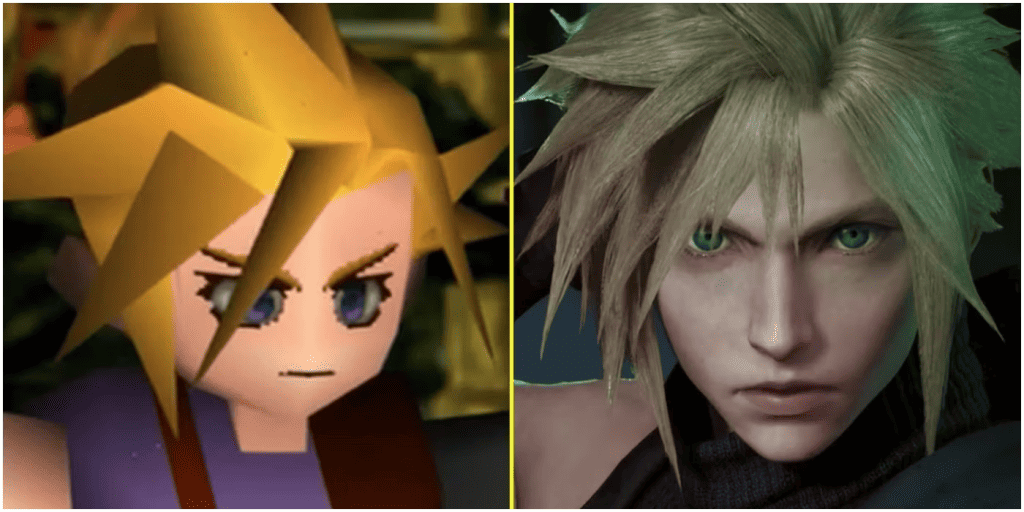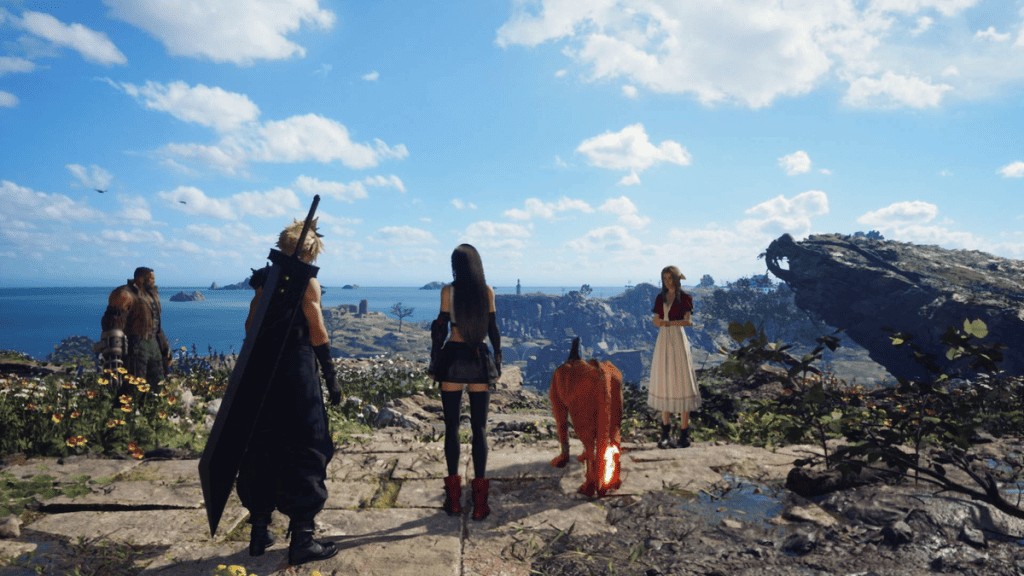Since its release in 1997, Final Fantasy VII has remained a milestone in the history of video games, leaving a mark in the memory of players around the world. With the arrival of the long-awaited remake and the final sequence Fantasy VII Rebirth, fans have the opportunity to revisit Midgar and witness the revitalization and differences of this masterpiece.
Also read:
Although much of the original game has been maintained, there are obvious differences between versions and other not so clear differences. Check out what are the main differences that Final Fantasy VII and Rebirth brought about the original 1997 game.
Visual and Audio Enhanced
One of the most evident changes in comparing the original Final Fantasy VII with the remakes is the technological leap in the visual and auditory aspect of the game. While the 1997 game impressed players with their revolutionary 3D CGs at the time, the remakes raised visual standards for a new level. Remakes’ graphics are stunning, with detailed environments, models of realistic characters, and impressive visual effects that bring the world of Midga in a way never seen before.
In addition, the iconic soundtrack of Final Fantasy VII has received a new interpretation in the remakes. The memorable songs of the original game were reimaginated with an enhanced audio quality, combining classic compositions with modern arrangements to create a truly immersive sound experience.

Revitalized battle system
One of the most significant changes in the Final Fantasy VII remakes is the transition from the shift battle system to a real -time action system. While the original game used a shift -based style of combat, where players had time to plan and perform their actions, the remakes adopt an more dynamic Active Time Battle (ATB) system.
In the new battle system, players directly control the characters and fill the ATB bar attacking enemies. Once the bar is full, players can perform special skills and use items in real time, adding a layer of strategy and action to fighting. This change provides a more fluid and engaging game experience, although some more traditional fans can regret the loss of the shift system.
In addition, the remake battle system allows players to slow down time to select special skills, introducing strategy elements that honor the original game shift combat.
Character Transition
Another remarkable difference between the original Final Fantasy VII and the remakes is the way players interact with the team characters during battles. While the original game allowed players to control all party members during battles, remakes offer a more personalized experience, allowing players to alternate between the characters and control each of them individually.
This change not only adds an additional layer of strategy to combat, but also allows players to explore the unique skills and styles of fighting. By mastering cloud, Aerith, Tifa and Barret techniques, players can create powerful combinations and maximize their team’s potential.
In addition, the transition of characters in the remakes allows for greater immersion in history and relationships between team members, adding depth and complexity to the characters.

Narrative expansion
While the original Final Fantasy VII focused mainly on the city of Midgar during the early stages of the game, the remakes significantly expand the narrative, offering a more detailed and engaging view of the Final Fantasy VII world. Instead of just spending a few hours in Midgar, players now have the opportunity to explore the city in its entirety, discovering new places, secondary missions and deepening ties with the characters.
In addition, the remakes introduced new elements of history and characters development, offering players a more complete and immersive experience. By expanding the narrative arches of characters such as Biggs, Wedge and Jessie, the game adds a new layer of emotional depth and complexity to the Final Fantasy VII story.
The expansion of the narrative was such that the original game had about 40 hours of history to be explored, while the 2020 remake is the same duration, but it is not even close to completing the story being presented. The Rebirth in turn, released in 2024, achieves at 40 hours of history, making it evident how the game’s story was expanded in these new remakes.
In short, the Final Fantasy VII remake offers an impressive reimagination of a timeless classic, bringing new ideas and innovations to a new generation of players. With stunning graphics, a revitalized battle system and an expanded narrative, the game captures the essence of the original while raising the experience to new levels.